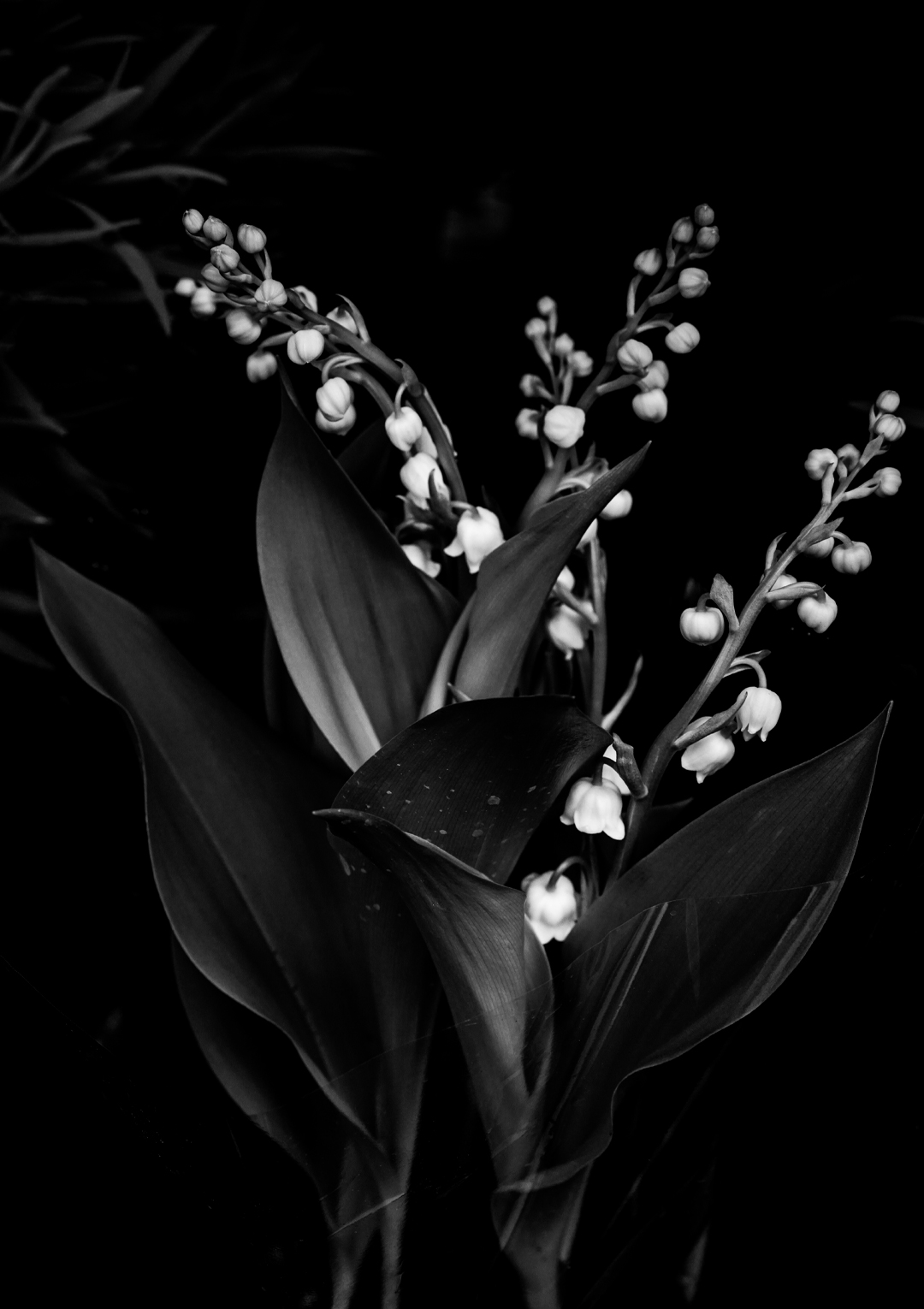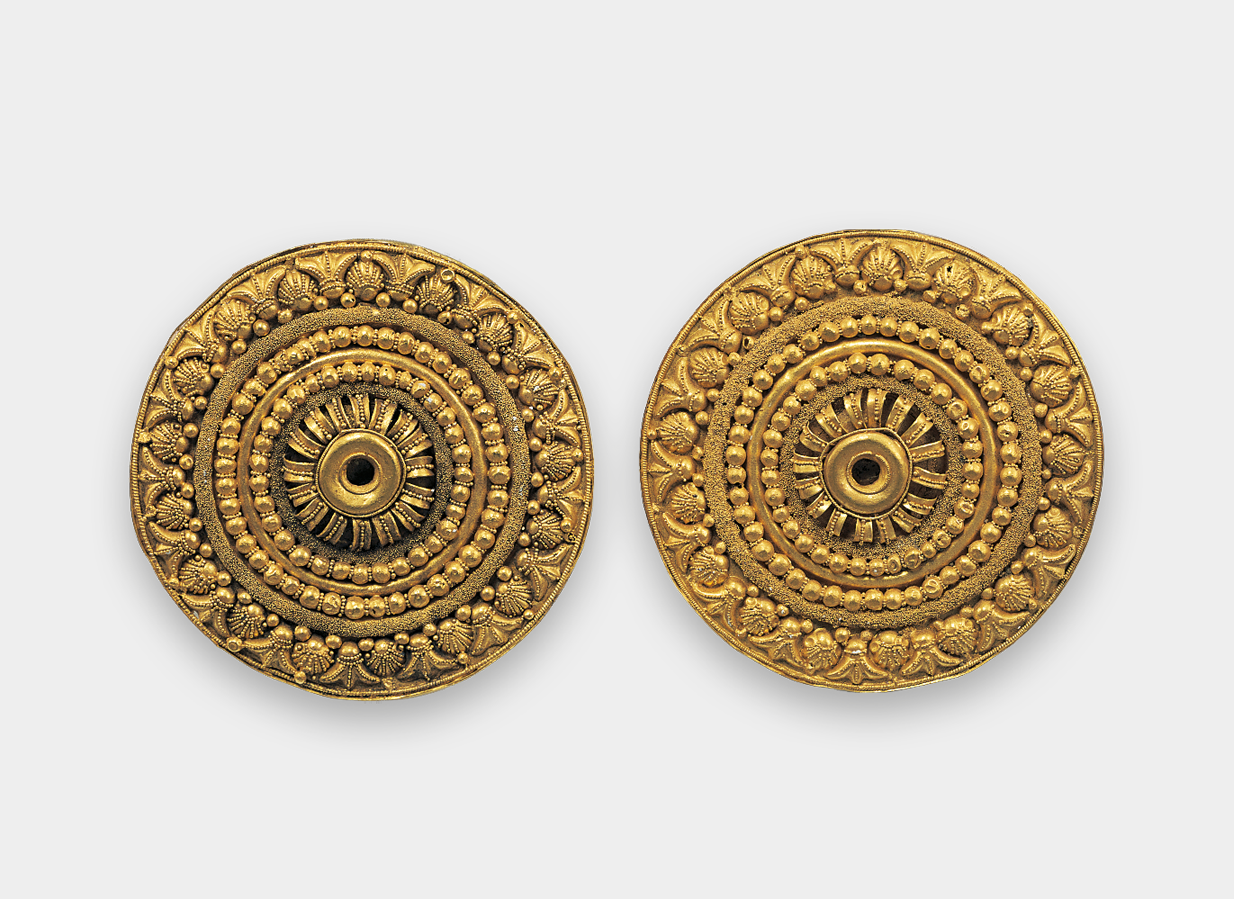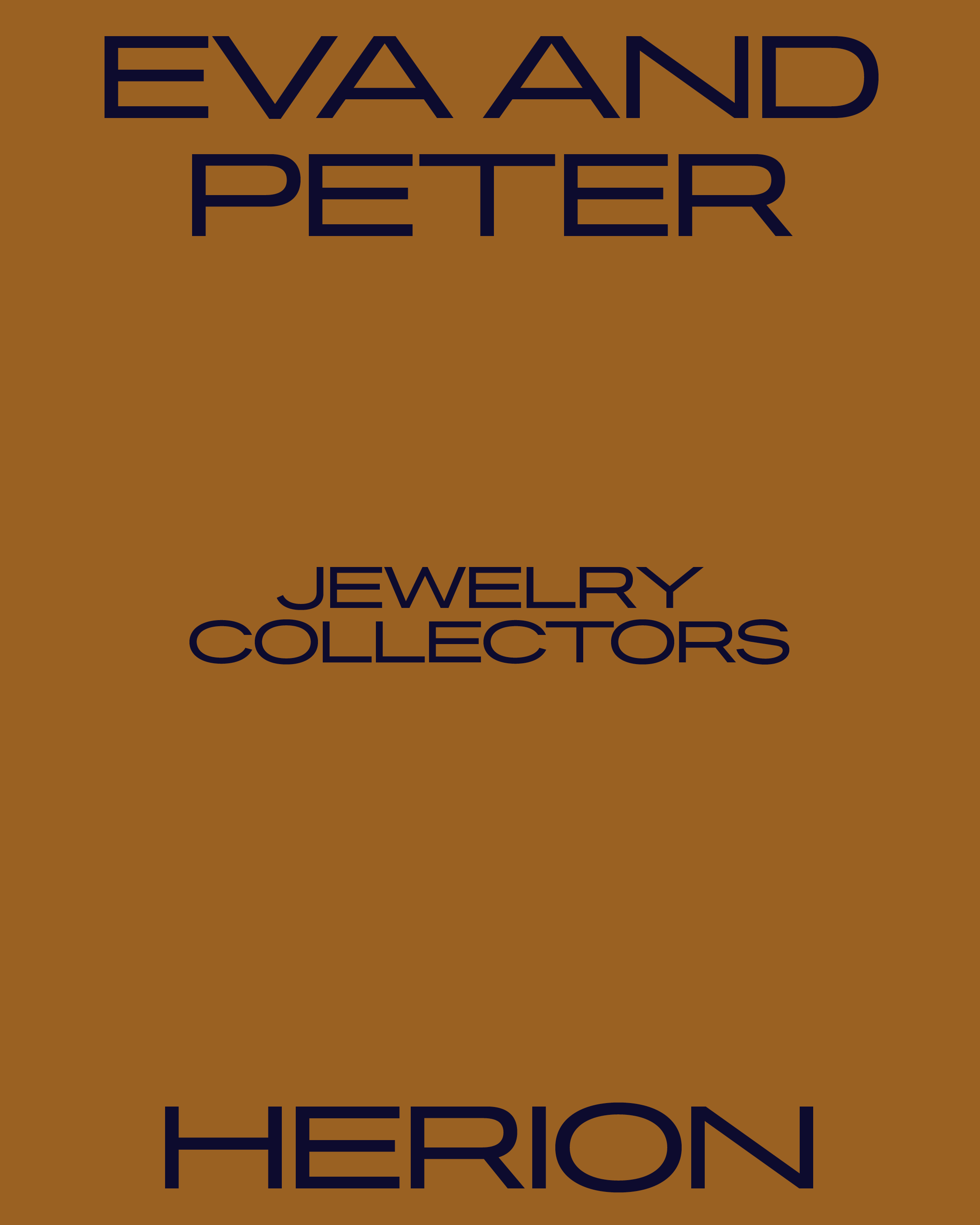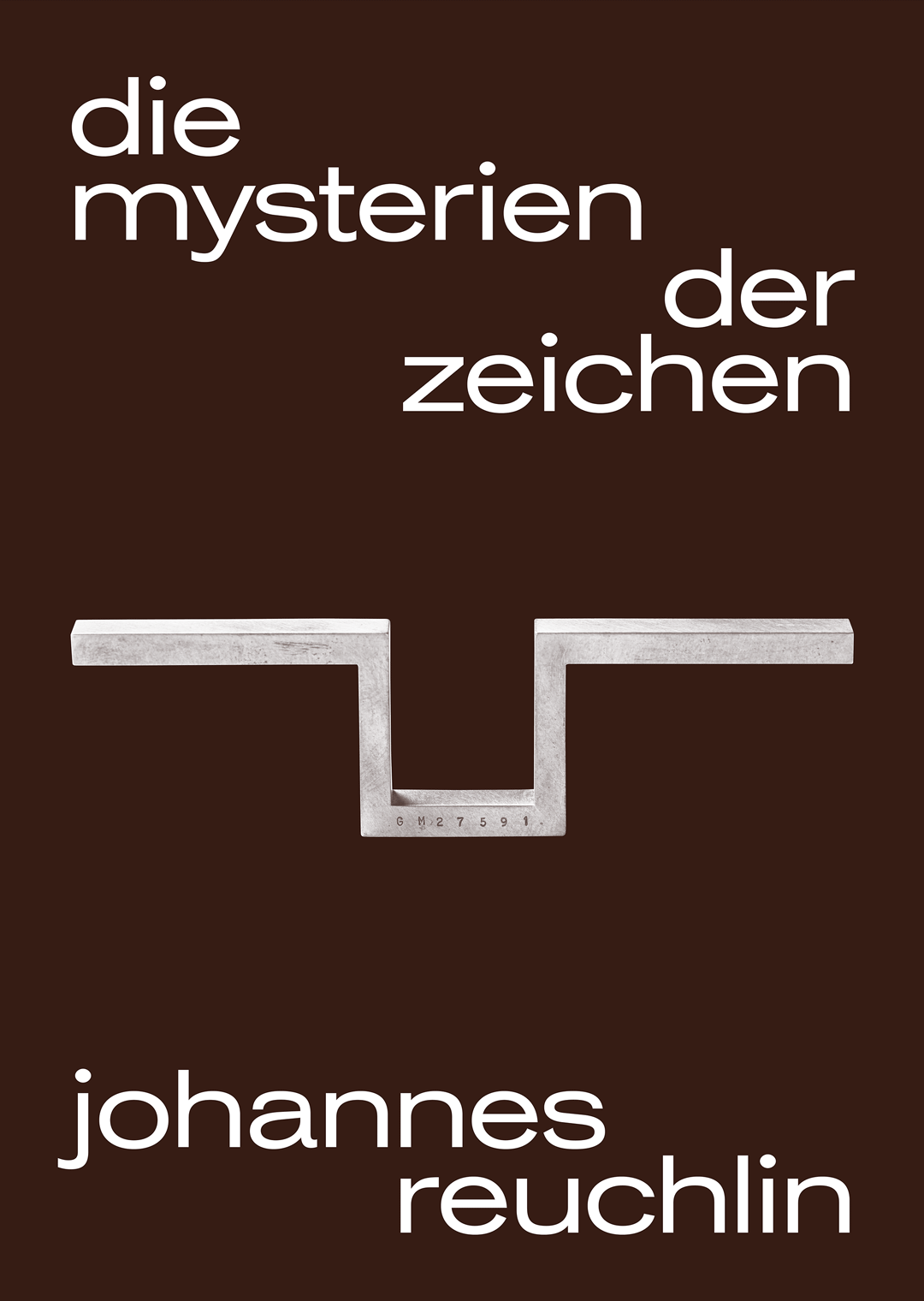Exotic Formosa
MORE INFORMATION
Published on
23.01.2022
–
The goldsmith and sculptor Ruan Weng Mong is a mediator between different worlds. Born in Taiwan, trained as a goldsmith in Germany and having served as the President of the Goldsmiths’ Guild in Nuremberg, he is at home on several continents. His artworks elegantly wed his sensibility for materials and appreciation of gemstones and metal to clear-cut shapes that connote both a European and Asian formal idiom.
Exotic Formosa
Jewelry and Objects created by Ruan Weng Mong
Opener Artwork based on
The Reflection of Landscape
Brooch
Gold, diamonds, anodized aluminium
Ruan Weng Mong 1997
Space Traveller
Pendant
Silver, fine silver, wood
Ruan Weng Mong 2018
In his opinion, there is no boundary between the applied and the fine arts; rather, he has embraced an attitude of “Je suis ce que je suis” (I am what I am).
While working as an instructor and lecturer in Taiwan, he was one of the first to introduce international contemporary jewelry to Taiwan and paved the way for the inspirational, top-level international exchange of ideas that is taking place there at present. The exhibition will be showcasing about 140 of his works in the genres of jewelry, sculpture and graphic art created over a period of more than 40 years. This is the first time that contemporary Taiwanese-Asian jewelry and artistically created objects will be shown in Germany.
Ruan, who was born in Taipei in 1953, has been involved in art since he was a young boy. “When I was five years old, I became interested in Chinese calligraphy, drawing and comics, as well as in modelling with clay. I’ve been involved with a broad spectrum of artistic genres up to the present day,” he comments. This is also reflected in the wide variety of his themes, which cover the entire gamut from ornaments and patterns all the way through to animals and landscapes and also include ritual and abstract objects.
When I was five years old, I became interested in Chinese calligraphy, drawing and comics, as well as in modelling with clay. I’ve been involved with a broad spectrum of artistic genres up to the present day.
When he came to Swaziland in 1976, everyday life there and people’s lifestyle had a very formative influence on him and became another source of inspiration besides the polarity between Asia, or the South Pacific region, and Germany. “He quite naturally weds Asian elegance to German aesthetics,” is how Cornelie Holzach, the museum’s director, explains his approach. Another aspect mirrored in his work is his in-depth involvement with his own roots, something that has led Ruan Weng Mong to consider himself a citizen of the world, travelling between different worlds and practicing his art everywhere.
His liberal thinking goes hand in hand with a particular talent for precise craftsmanship. In his opinion, there is no boundary between the applied and the fine arts; rather, he has embraced an attitude of “Je suis ce que je suis” (I am what I am). When asked how he perceives his creations, he says: “Exotic Formosa represents a beautiful world and exemplifies the wonderful things that I find in my mental universe like in a Garden of Eden.”
Exotic Formosa represents a beautiful world and exemplifies the wonderful things that I find in my mental universe like in a Garden of Eden.
EXHIBITS

Golden Subtropic
Object
Silver, yellow gold
Ruan Weng Mong 2003

Space Traveller
Pendant
Silver, fine silver, wood
Ruan Weng Mong 2018

Golden Subtropic
Object
Silver, yellow gold
Ruan Weng Mong 2003

The Reflection of Landscape
Object
Anodized aluminium
Ruan Weng Mong 1997



